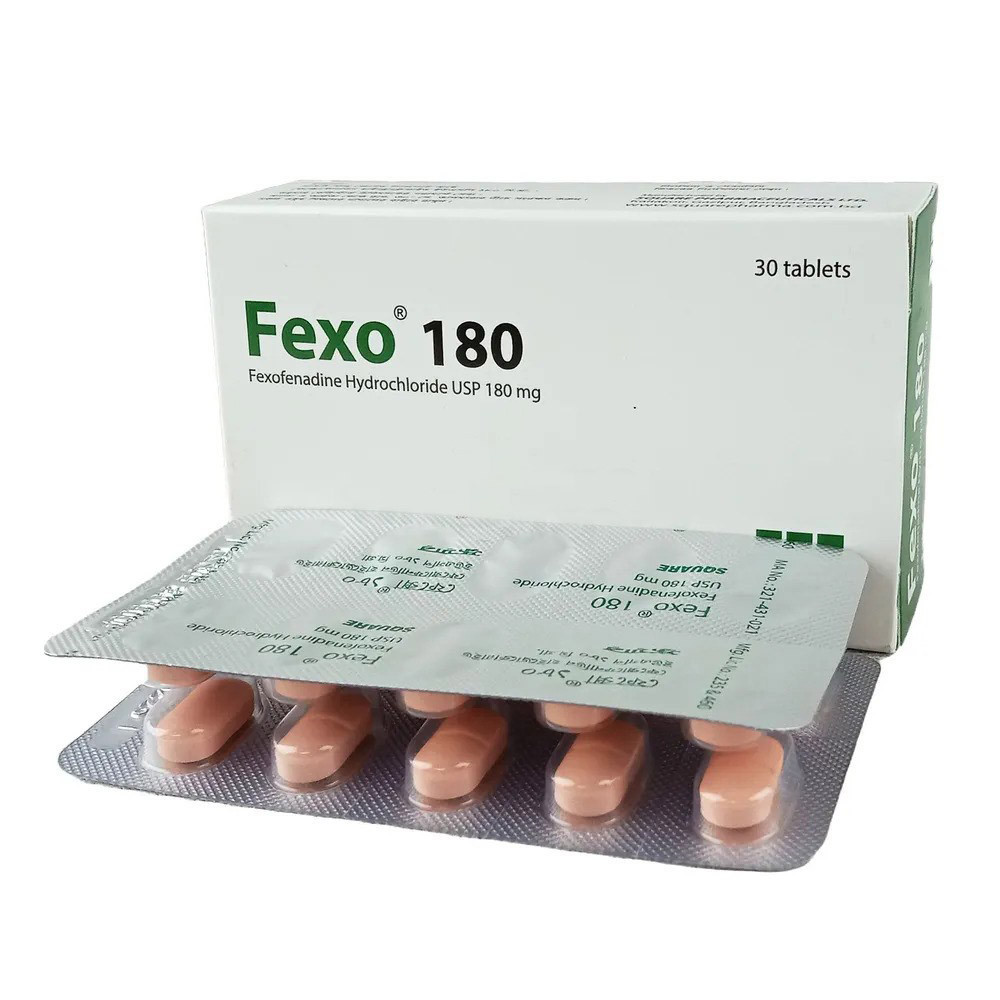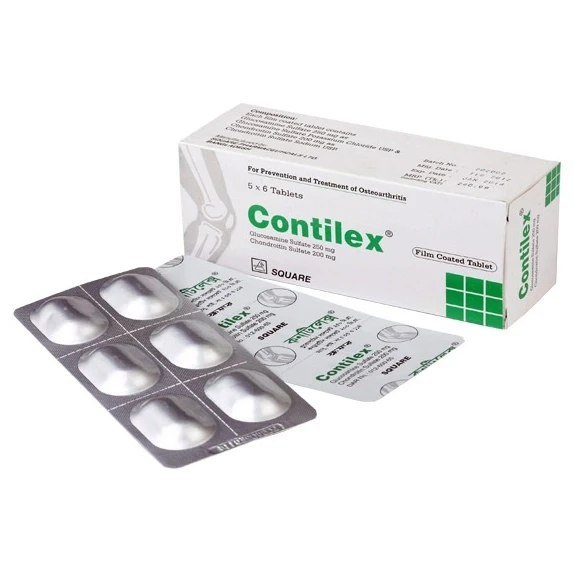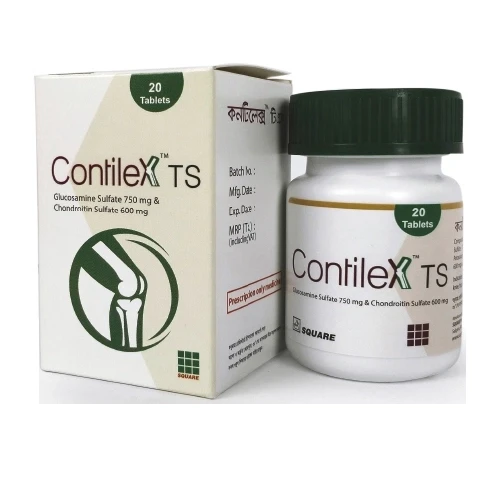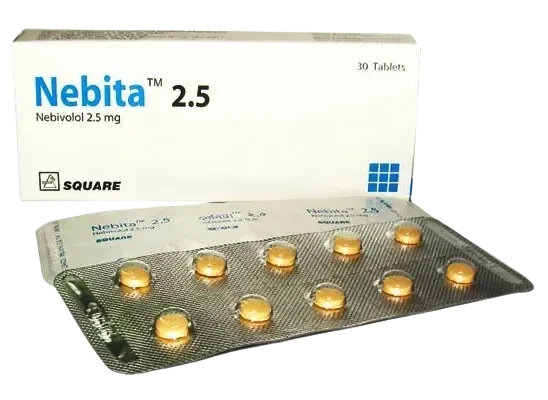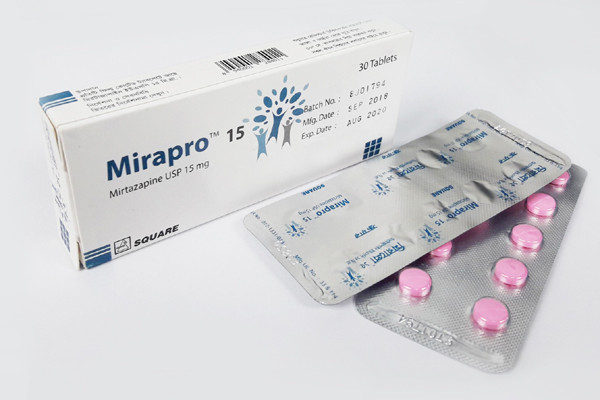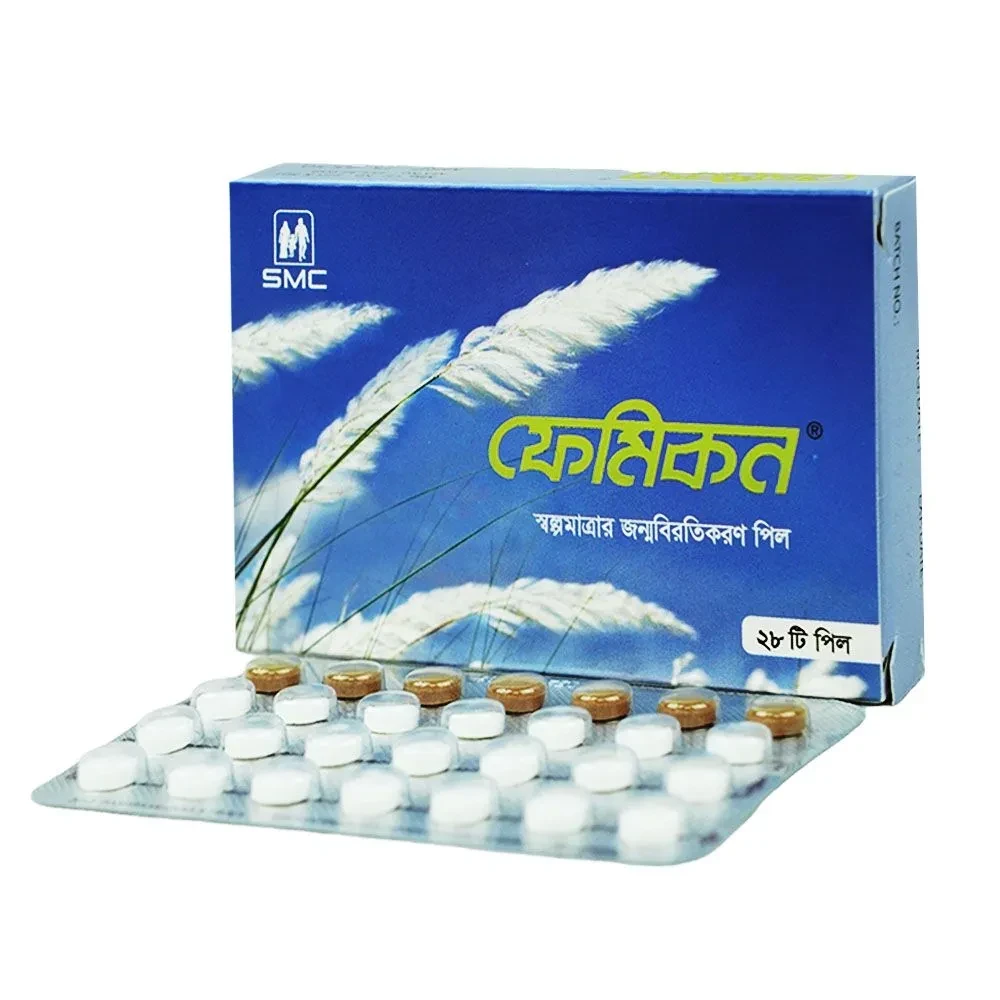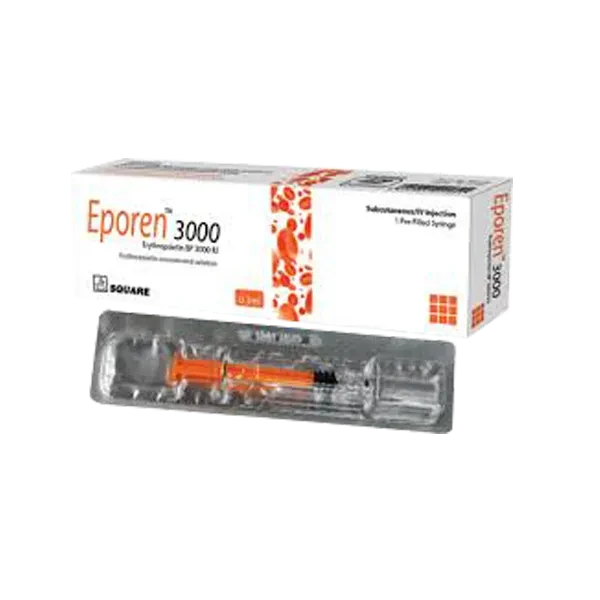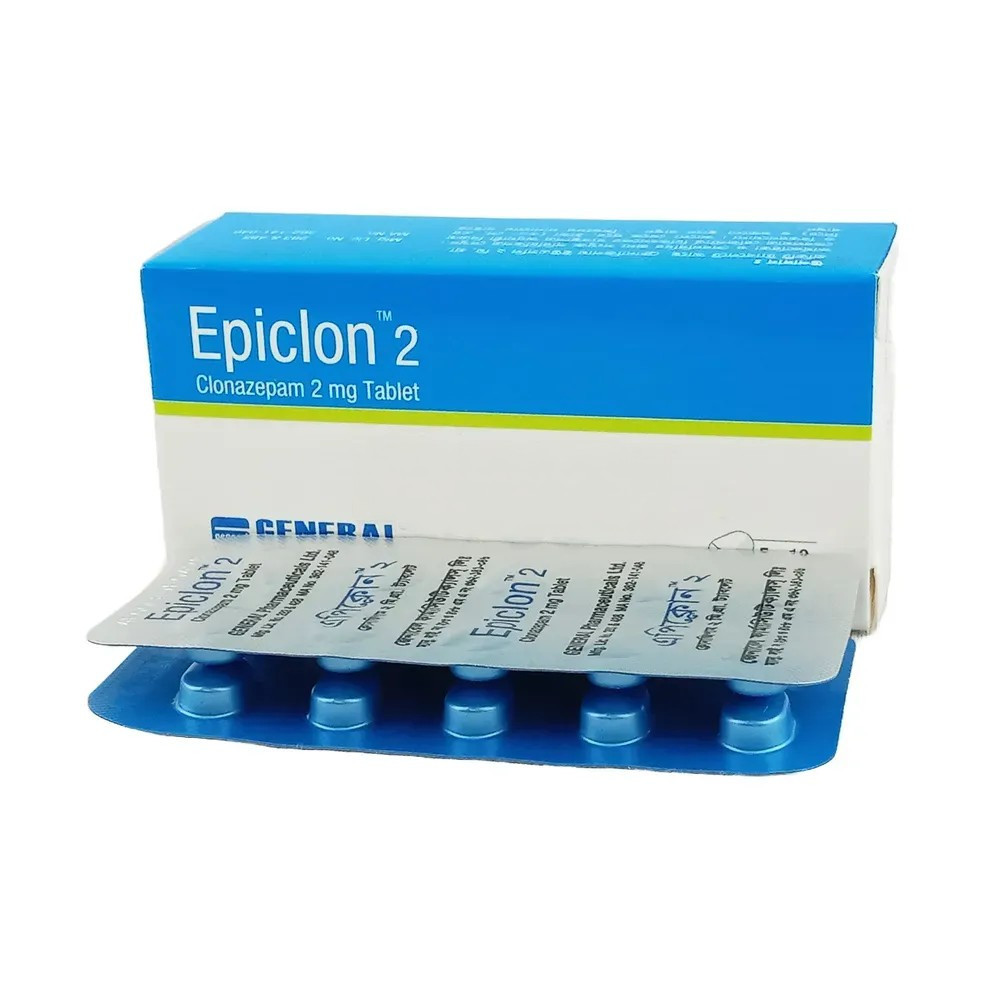

Enocam Tablet (10 tablets Strip), Tenoxicam 20 mg
Inhouse product
-
৳11.40
৳12.00 -
৳42.75
৳45.00 -
৳16.63
৳17.50 -
৳2.14
৳2.25
Reviews & Ratings
Indications
Enocam is indicated
for the symptomatic treatment of the following painful inflammatory and
degenerative disorders of the musculoskeletal system:
- Rheumatoid arthritis.
- Osteoarthritis.
- Arthrosis.
- Ankylosing spondylitis.
- Extra-articular disorders, e.g.
tendinitis, bursitis, periarthritis of the shoulders (shoulder-hand
syndrome) or hips, strains, and sprains.
- Acute gout.
* রেজিস্টার্ড চিকিৎসকের পরামর্শ মোতাবেক ঔষধ সেবন করুন'
Pharmacology
Tenoxicam is a
non-steroidal anti-inflammatory drug (NSAID) with anti-inflammatory, analgesic
and antipyretic properties and it also inhibits platelet aggregation. Tenoxicam
inhibits prostaglandin biosynthesis. In-vitro tests of leukocyte peroxidase
suggest that tenoxicam may act as a scavenger for active oxygen at the site of
inflammation. Tenoxicam is a potent in-vitro inhibitor of human
metalloproteinases (stromelysin and collagenase), which induce cartilage
breakdown. These pharmacological effects explain, at least in part, the
therapeutic benefit of Tenoxicam in the treatment of painful inflammatory and
degenerative disorders of the musculoskeletal system. Tenoxicam showed no
mutagenic, carcinogenic or teratogenic effects in animals. As with other
prostaglandin inhibitors, renal and gastrointestinal effects, increased incidence
of dystocia and delayed parturition were observed in animal safety studies.
Dosage
Standard dosage: For all indications except acute gout, a
daily dosage of 20 mg should be given at the same time of day.
In acute attacks of
gout: The recommended dose
for acute attacks of gout is 40 mg once daily for two days followed by 20 mg
once daily for a further five days.
In the treatment of
chronic disorders: The therapeutic
effect of tenoxicam is evident early in treatment but there is a progressive
increase in response over time. In chronic disorders, daily doses higher than
20 mg should be avoided since this would increase the frequency and intensity
of unwanted reactions without significantly increasing efficacy. For patients
needing long-term treatment, a reduction to a daily oral dose of 10 mg may be
tried for maintenance.
Special dosage
instructions: In principle, the
above dosage recommendations also apply to elderly patients and to patients
suffering from kidney or liver disease. Because of lack of clinical experience,
no dosage recommendations have so far been established for children and
adolescents.
* রেজিস্টার্ড চিকিৎসকের পরামর্শ মোতাবেক ঔষধ সেবন করুন'
Administration
The tablets should be
taken with a glass of water. It is preferable to take this medicine during or
immediately after a meal.
* রেজিস্টার্ড চিকিৎসকের পরামর্শ মোতাবেক ঔষধ সেবন করুন'
Interaction
As in the case of
other NSAIDs, salicylate displaces Enocam from protein-binding sites and
increases clearance and volume of distribution of Enocam. Concurrent treatment
with salicylate or other NSAIDs should be avoided because of increased risk of
gastrointestinal undesirable reactions. The co-administration of some NSAIDs
and methotrexate has been associated with reduced renal tubular secretion of
methotrexate, higher plasma concentrations of methotrexate, and severe
methotrexate toxicity. Therefore, caution should be exercised when Enocam is
administered concurrently with methotrexate. No clinically relevant interaction
was found in the small number of patients receiving concomitant treatment with
gold, penicillamine or probenecid. As Enocam may decrease the renal clearance
of lithium, their concomitant administration may lead to increased plasma
levels and toxicity of lithium. The plasma levels of lithium should be closely
monitored. As with NSAIDs in general, Enocam should not be administered
concurrently with K-sparing diuretics. There is a known interaction between
these two classes of compounds, which may cause hyperkalemia and renal failure.
No clinically significant interaction between Enocam and furosemide was noted,
but Enocam attenuates the blood pressure-lowering effect of
hydrochlorothiazide. As known from other NSAIDs, Enocam might attenuate the
antihypertensive effects of alpha-adrenergic blockers and ACE-inhibitors. No
interactions have been reported between NSAIDs and centrally-acting alpha
agonists or calcium channel blockers. There was no clinically relevant
interaction when Enocam was administered together with atenolol. During
clinical trials no interaction was reported for patients treated concomitantly
with digitalis products. Thus concurrent dosing of Enocam and digoxin appears
to be without major risk. No interaction has been found with concomitantly
administered antacids, cimetidine, warfarin and phenprocoumon at the
recommended dosages. The clinical effect of oral antidiabetic drugs
(glibornuride, glibenclamide, tolbutamide) was likewise not modified by Enocam.
Nevertheless, careful monitoring is recommended when patients concomitantly
receive anticoagulants or oral antidiabetic drugs. No clinically relevant
interaction has been found between Enocam and low molecular weight heparin.
Contraindications
Tenoxicam must not be
administered to patients:
- known to be hypersensitive to
the drug;
- in whom salicylates or other
non-steroidal anti-inflammatory drugs (NSAIDs) induce symptoms of asthma,
rhinitis, or urticaria;
- suffering or having suffered
from the disease of the upper gastrointestinal tract, such as gastritis,
gastric and duodenal ulcer.
Side Effects
Based on clinical
trials including large numbers of patients, Enocam proved to be well tolerated
in the recommended dose. Usually, the undesirable effects reported were mild
and transient. In a small proportion of patients, the interruption of treatment
due to undesirable effects was necessary. Local tolerance of Enocam given
parenterally was good. The following undesirable effects have been reported:
Frequency is greater than 1%-
- Gastrointestinal tract:
gastric, epigastric and abdominal discomfort, dyspepsia, heartburn,
nausea.
- Central nervous system:
dizziness, headache.
Frequency less than
1%-
- Gastrointestinal tract:
constipation, diarrhea, stomatitis, gastritis, vomiting, ulcers,
Gl-bleeding including hematemesis and melena.
- Central nervous system:
fatigue, sleep disturbances, appetite loss, dry mouth, vertigo.
- Skin: itching (also in the anal
region after rectal administration), erythema, exanthema, rash, urticaria.
- Urinary tract and kidneys:
increase in BUN or creatinine, edema.
- Liver and biliary tract:
increased liver enzyme activity.
- Cardiovascular system:
palpitations.
Isolated cases
(frequency less than 0.01%)-
- Gastrointestinal tract:
Gl-perforation.
- Central nervous system: visual
disturbances.
- Skin: Stevens-Johnson and
Lyell's syndrome, photosensitivity reaction, vasculitis.
- Blood: anemia, agranulocytosis,
leukopenia, thrombocytopenia.
- Hypersensitivity reactions:
dyspnea, asthma, anaphylaxis, angioedema.
- Cardiovascular system: elevated
blood pressure, mainly in patients treated with cardiovascular drugs.
- Liver/Biliary tract: hepatitis.
Pregnancy &
Lactation
NSAIDs have an
inhibitory effect on prostaglandin synthesis and, when given during late
pregnancy, may cause the closure of the fetal ductus arteriosus, prolong labor
and delay parturition. Treatment during the third trimester of pregnancy should
be avoided. Based on findings from single-dose administration, a very small
amount (approximately 0.2%) of tenoxicam passes into breast milk. There is no
evidence of adverse reactions in breast-fed infants of mothers taking
Tenoxicam. Nevertheless, infants should be weaned or the drug discontinued.
Precautions &
Warnings
NSAIDs inhibit renal
prostaglandin synthesis and consequently may have an undesirable effect on
renal hemodynamics and on salt and water balance. It is necessary to adequately
monitor the patient with a special emphasis on cardiac and renal function (BUN,
creatinine, development of edema, weight gain, etc.) when giving Enocam to
patients with conditions that could increase their risk of developing renal
failure, such as pre-existing renal disease, impaired renal function in
diabetics, hepatic cirrhosis, congestive heart failure, volume depletion or
concomitant treatment with potentially nephrotoxic drugs, diuretics and
corticosteroids. Enocam inhibits platelet aggregation and may affect
hemostasis. Enocam has no significant influence on blood coagulation factors,
coagulation time, prothrombin time or activated thromboplastin time. Patients
having coagulation disorders or receiving drug therapy that interferes with
hemostasis should, however, be carefully observed when Enocam is administered.
Any patient being treated with Enocam who presents with symptoms of
gastrointestinal disease should be closely monitored. If peptic ulceration or
gastrointestinal bleeding occurs, Enocam should be immediately withdrawn. If
severe skin reactions (e.g. Lyell's or Stevens-Johnson syndrome) occur, the
treatment should be discontinued immediately. Adverse eye findings have been
reported with Enocam. Thus ophthalmic evaluation is recommended for patients
who develop visual disturbances. Because of the high plasma protein binding of
Enocam, caution is required when plasma albumin levels are markedly reduced. In
common with anti-inflammatory drugs, Enocam may mask the usual signs of
infection. Enocam Tablets should not be given to patients who either dislike or
do not tolerate milk products.
Use in Special
Populations
Use in Children &
adolescent: Enocam is not recommended for use in patients under 16 years of
age, as the dose and indications in this population have not been established.
Effects on ability to drive and use machines: Patients experiencing adverse
events that might affect driving or using machines, such as vertigo, dizziness
or visual disturbances should refrain from driving a car or using machines.
Overdose Effects
Although there is no
experience of acute overdosage with Enocam, it may be expected that the signs
and symptoms mentioned under Undesirable effects would be more pronounced.
Overdose should be countered by conventional measures to reduce absorption
(e.g. gastrolavage and charcoal) and speed up elimination (e.g.
cholestyramine).
Therapeutic Class
Drugs for
Osteoarthritis, Drugs used for Rheumatoid Arthritis, Non-steroidal
Anti-inflammatory Drugs (NSAIDs)
Storage Conditions
Do not store above
30°C, protect from light & moisture. Keep out of the reach of children.
Frequently Bought Products
Nebita Tablet, Nebivolol Hydrochloride 2.5 mg
Montene Tablet, Montelukast Sodium 10 mg
Maxbon Tablet, Ibandronic Acid 150 mg
Mirapro Tablet, Mirtazapine 15 mg
Eporen IV/SC Injection Erythropoietin Alfa 3000 IU
Imaceva Tablet, Imatinib Mesylate 400 mg
Epiclon Tablet, Clonazepam 2 mg
Product Queries (0)
Login Or Registerto submit your questions to seller
Other Questions
No none asked to seller yet
-
৳11.40
৳12.00 -
৳42.75
৳45.00 -
৳16.63
৳17.50 -
৳2.14
৳2.25
